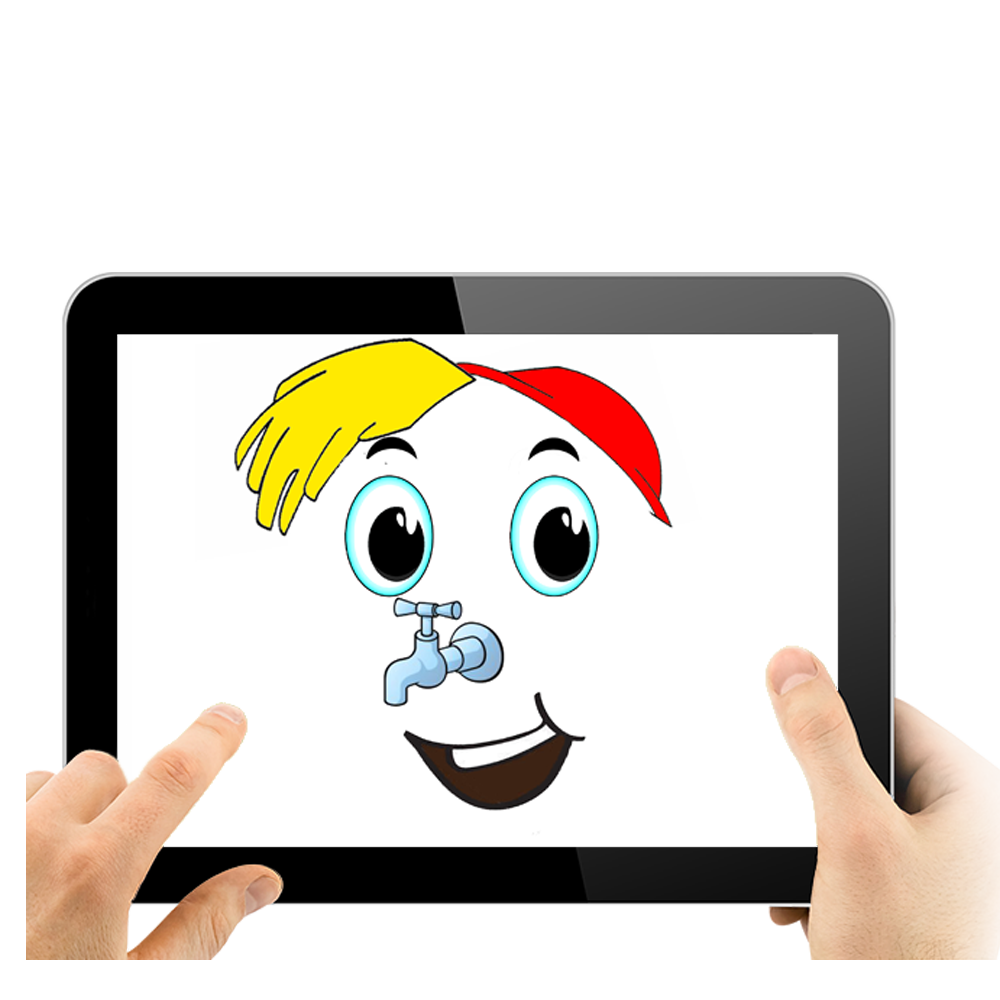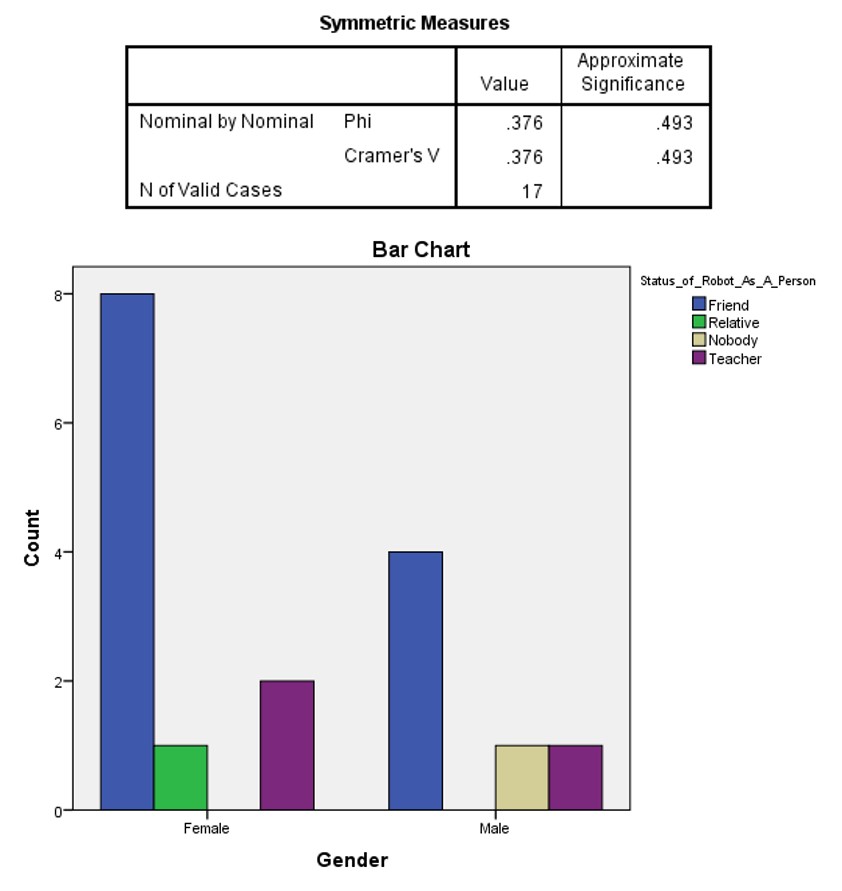The project will concentrate on development of system which will enable robots identify child's age by the movement. We are using human action recognition with hierarchical growing neural gas learning method to identify the movements. This aim can be accomplished by using Kinect's sensors that identify length of joints. Kinect records series of images, finds x,y,z position of each joints and export to the txt file. This data is computed with a specific algorithm that finally provides required information. The tablet with animated face will help to attract an attention of children to do specific tasks like washing hands.
Kinect will record data continuously
Age estimation and robot adaptation will take only several minutes.
Age estimation algorithm will provide precise and accurate information









Identify child's length of joints and export it to txt file
Use data from txt file and estimate age of child by an algorithm
Export age data and use the tablet to create an interaction with children
The experiment was conducted in local school #5. The number of participated children in experiment is 17 in the age range of 9-10 years. There were 6 male and 11 female subjects. The two conditions of the robot were tested. First with voice of a old person and the second with voice of a young person. For the first case, the total number of participants was 8, where 3 of them male and 5 of them female. For the second case, the total number of participants was 9, where 3 of them are males and 6 of them are females. Results of the experiment were not so significant. As we can see from the table and a graph from Chi-squre test, p-value is much less than 0.05 which means that the results are not significant. In our case, gender of a subbject did not affect to the results of the Status of the robot. There were 8 different categories of status of the robot, and most of participants chose the status of a "Friend". Only some of them chose the cases of "Teacher", "Relative", and Nobody

4th year student of Computer Science. Responsible for team managemant, field trip organization, filling website, creating animation for the HRI, programming and integrating tablet.Yerdaulet Absattar
4th year student of Computer Science. Responsible for tracking images from Kinect, estimating length of joint points and computing age by a algorithm.Damir Doszhan
Introductory week
Deciding on final idea of the project
Demo version of code and first trip to school
Second trip to local school
Correction week
Fixed code
HRI studies
Project Status Presentation
Activity changing
Usability testing
Project Status Presentation
Pilot sudy
HRI study
Final Presentation